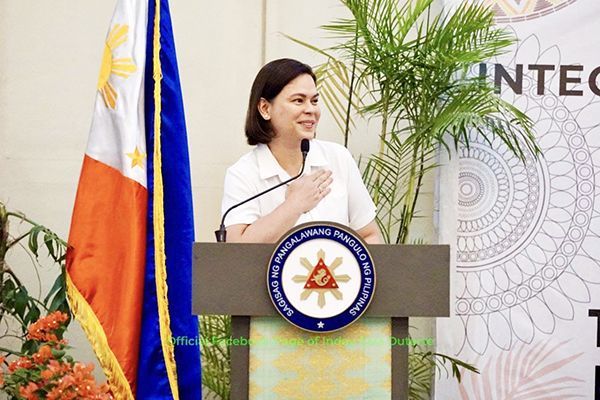Duterte leads Cabinet satisfaction ratings before resignation — Tangere

Despite her subsequent resignation as secretary of the Department of Education (DepEd), Vice President Sara Duterte was the top-performing Cabinet member of the Marcos Administration in a survey conducted by Tangere in May.
Duterte, who served as DepEd chief for two years until her resignation on June 19, achieved the highest satisfaction rating for the third consecutive month at 58 percent, based on the survey results released by Tangere on Thursday, June 20.
Her strongest support came from Mindanao, where she received a satisfaction rating of 66 percent.
Meanwhile, dissatisfaction was most pronounced in the National Capital Region (NCR), Southern Luzon, and the Bicol Region.
Tangere also noted that satisfaction with her performance was lowest among lower-income and married male respondents.
Other top performers
Tangere revealed that Department of the Interior and Local Government Secretary Benjamin Abalos Jr. followed closely with a 57 percent satisfaction rating.
His performance garnered increased approval particularly in urban areas, such as NCR, Central Luzon, and the Visayas.
Like Vice President Duterte, Abalos’ highest satisfaction rating was recorded among the upper-income class, while lower-income class showed less satisfaction.
Tangere pointed out that the only other Cabinet secretary who received a satisfaction rating of more than 50 percent is Rex Gatchalian of the Department of Social Welfare and Development.
Gatchalian secured a significant approval rating of 56 percent, primarily driven by respondents NCR and the middle to upper-income classes.
Overall satisfaction trend
Tangere said the satisfaction rating for the Marcos Cabinet as a whole showed a positive trend, reaching 53 percent after consecutive months of gains.
However, a “very slight change” in dissatisfaction was noted (+1 percent), mostly among male respondents and those between 26 and 50 years old.
Tangere said this increase offset gains observed among female respondents and the upper-income class.
The survey was administered from May 22 to 25 using a mobile-based respondent application with a sample size of 2,000 participants, employing a stratified random sampling or quota-based sampling method.
The respondents were proportionately distributed across the Philippines: 12 percent from NCR, 23 percent from Northern Luzon, 22 percent from Southern Luzon, 20 percent from Visayas, and 23 percent from Mindanao.